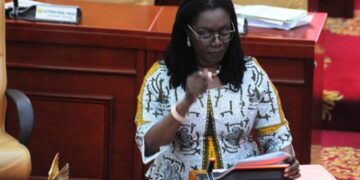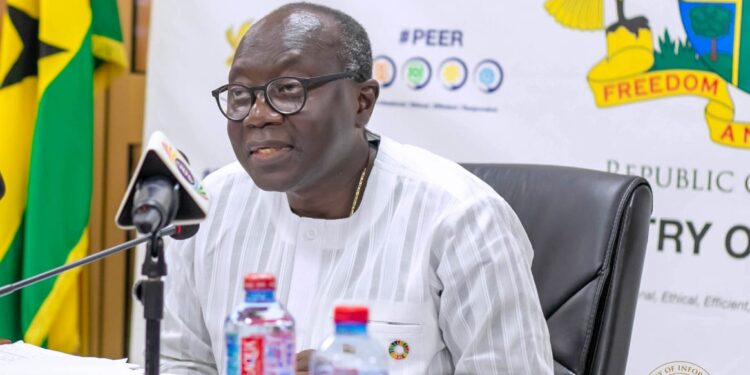According to new data released by the Bank of Ghana, Ghana’s total public debt stock has risen to GH575.7 billion at the end of November 2022.
The new debt figure raises Ghana’s debt-to-GDP ratio to 93.5%, up from 75.9% in September 2022.
The debt stock increased by GH108.3 billion between September and November 2021, according to the Bank of Ghana’s January 2023 economic and financial data summary.
In November 2022, the external component of the country’s public debt increased to GH382.7 billion, or 62.1% of GDP.
This is an increase from GH271.7 billion in September 2022.
Ghana’s government is currently facing severe liquidity problems and is unable to service its debts.
Last year, the government announced a domestic debt exchange program and stated that an external restructuring was being negotiated with creditors in an attempt to provide some relief. The IMF has stated that a comprehensive debt restructuring is a requirement for its assistance.
Since the beginning of 2022, the country has struggled to refinance its debt due to downgrades by multiple credit rating agencies on concerns that it would be unable to issue new Eurobonds.
The total public debt is defined by the Bank of Ghana as Central Government debt excluding State Owned Enterprises/Special Purpose Vehicles debt.































